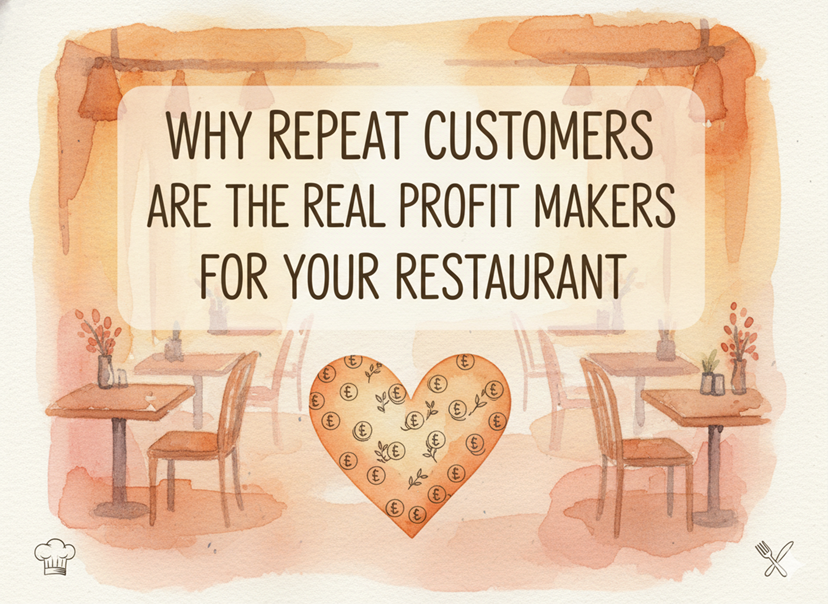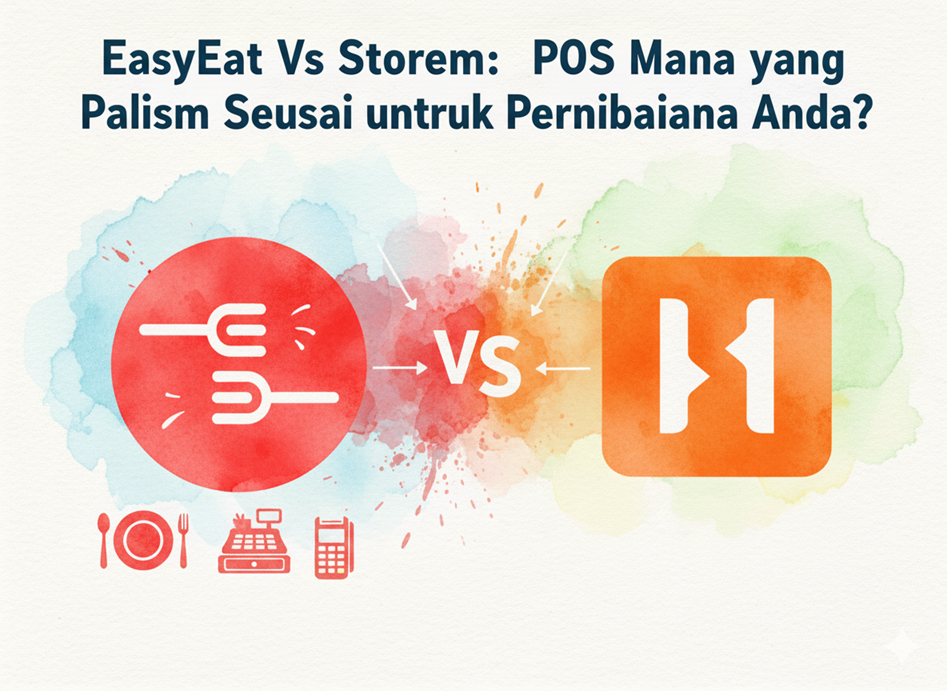Sustainability is more than just a buzzword. With climate change becoming more evident, every business, including restaurants, must take steps to reduce their environmental footprint. In fact, restaurants account for a significant portion of waste. According to a study by the World Wildlife Fund, 40% of the food produced globally is wasted, and much of that happens in the food service industry. As a restaurant owner, you have the power to make a difference while also improving your bottom line. Here’s how you can create a sustainable restaurant.
1. Use Inventory Management Software to Reduce Waste
One of the biggest challenges in running a restaurant is managing inventory. There would have been times when you wouldn’t have been sure about your inventory levels and would’ve ordered ingredients only to find out that there was sufficient stock. It would’ve hurt real bad to see the extra stock rotting in the dustbin. However, by using a POS system, you can keep an eye on the level of ingredients and only order when you get alerts for low stock.
By doing this, you can avoid over-ordering and ensure that ingredients are used before they spoil. Not only does this reduce waste, but it also saves you money. According to a report by the Natural Resources Defense Council, the average restaurant can reduce food waste by 2-6% by using inventory management software. This small change can lead to significant cost savings and a more sustainable restaurant.
2. Edit Cash Bill Formats to Save Paper
Every detail counts when it comes to sustainability, including the paper you use for cash bills. POS systems allow you to customize your cash bill format. By adjusting the spacing of the bill content, you can reduce the amount of paper used.
These small adjustments can add up to significant savings on paper. For example, if your restaurant prints 100 bills per day and you reduce the bill size by 20%, you could save over 7,000 sheets of paper in a year. This not only reduces waste but also lowers your printing costs.
3. Monitor Table Status to Save Energy
Energy efficiency is another crucial aspect of sustainability. By monitoring the status of your tables using your POS system, you can make strategic decisions that save energy.
For example, if you notice that certain parts of your restaurant are less busy during certain times of the day, you can seat customers in one area and only use the appliances in that part of the restaurant. This reduces the energy used for heating, cooling, and lighting in other areas.
This simple change can lead to significant energy savings. According to the U.S. Department of Energy, restaurants can save 10-30% on energy bills by implementing energy-efficient practices. Efficient energy use not only lowers your utility costs but also reduces your carbon footprint, making your restaurant more sustainable.
4. Use Digital Menus to Save Paper
Another way that can help you in becoming sustainable is by using a digital menu. You would be sick of getting your restaurant menu printed every time there’s a change. It also leads to a lot of wastage. But having digital menus can help you save paper and resources. All you have to do is, go to your POS system and make the necessary changes required in your menu.
This not only reduces waste but also enhances the customer experience. Plus, it positions your restaurant as a forward-thinking, environmentally conscious business.
Why Sustainability Matters for Your Restaurant?
Sustainability is not just about reducing waste and saving money; it’s also about attracting customers who care about the environment. A Nielsen survey found that 73% of global consumers say they would change their consumption habits to reduce their environmental impact. By implementing sustainable practices, you can attract these environmentally conscious customers and build loyalty among your existing ones.
Moreover, sustainability can lead to long-term savings. Reducing waste, saving energy, and using digital tools can all lower your operating costs. Over time, these savings can add up, making your restaurant more profitable.
Creating a sustainable restaurant is not only the right thing to do for the planet, but it’s also a smart business move. By using inventory management software, editing cash bill formats, monitoring table status, and using digital menus, you can reduce waste, save energy, and lower your costs. These changes may seem small, but they can make a big difference in the long run.
Remember, sustainability is a journey. Start with these steps and continue to look for new ways to make your restaurant more efficient and eco-friendly. Your efforts will not only benefit the environment but also attract customers and improve your bottom line. So, take action today and make your restaurant a leader in sustainability.




